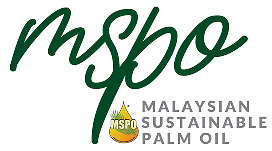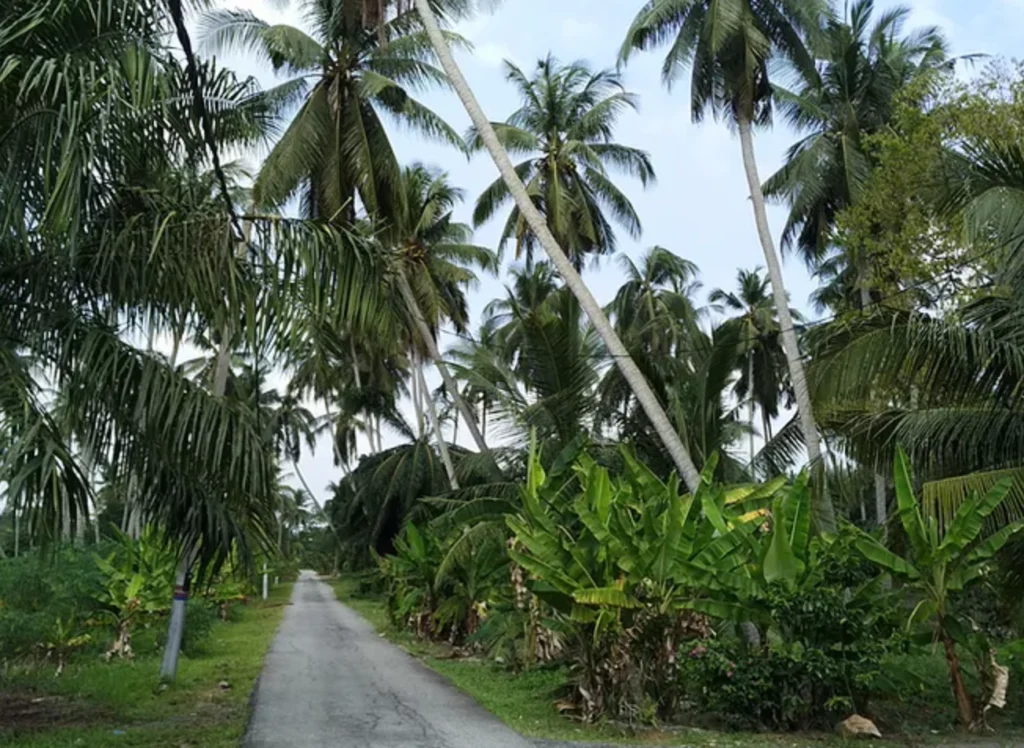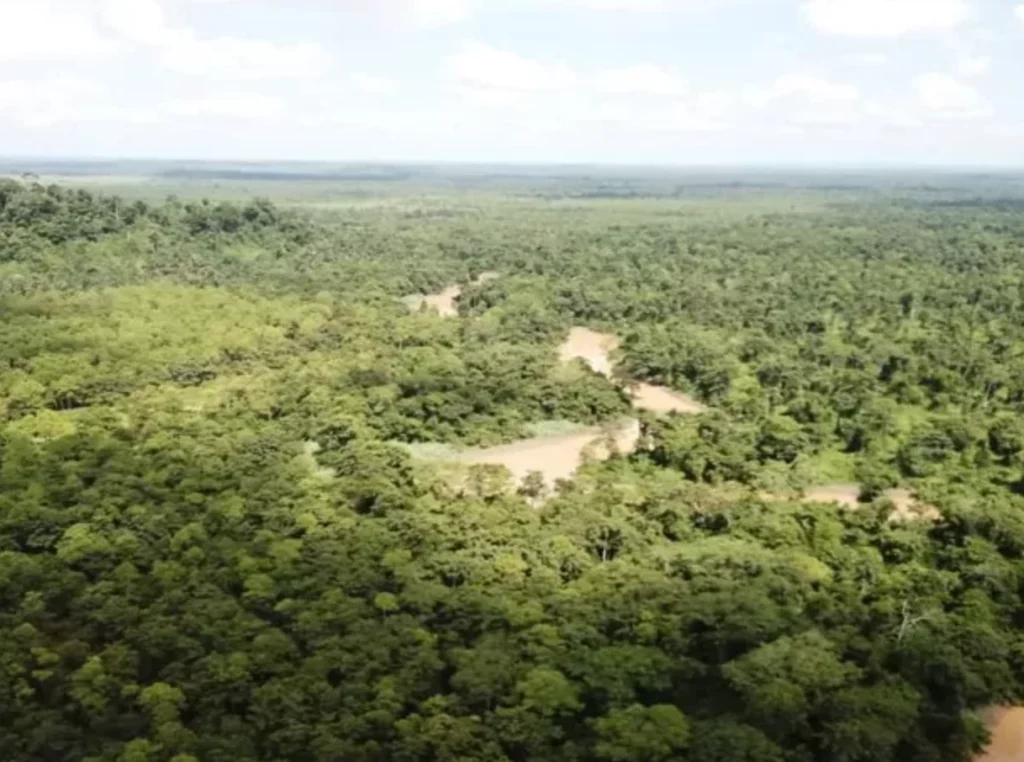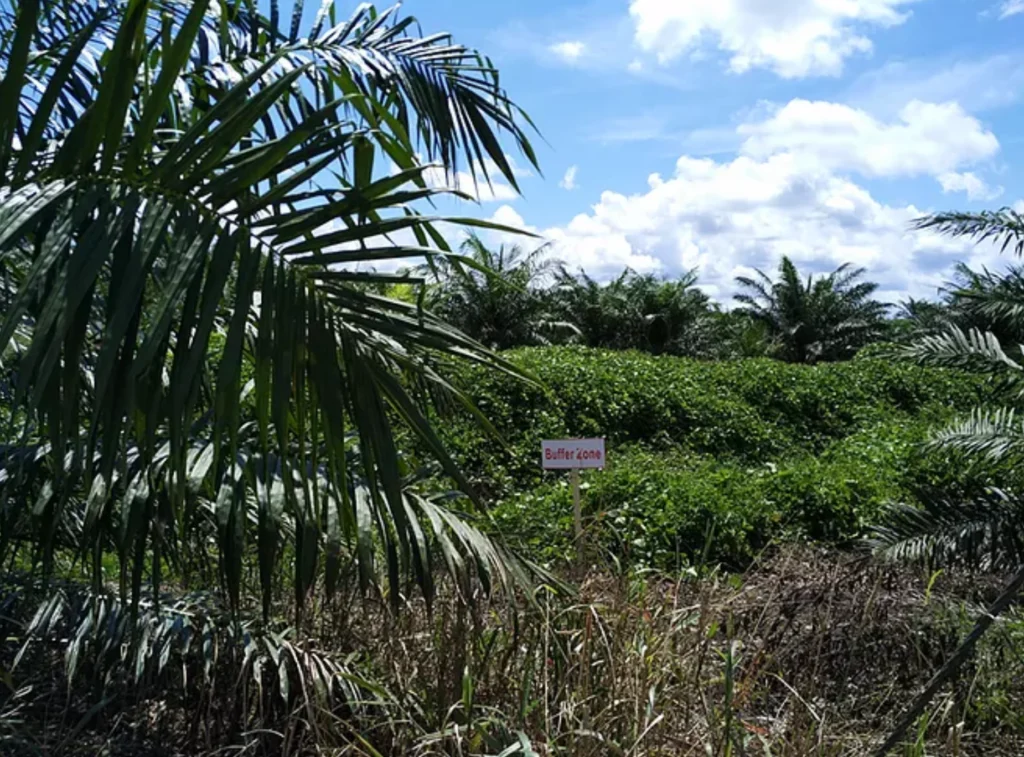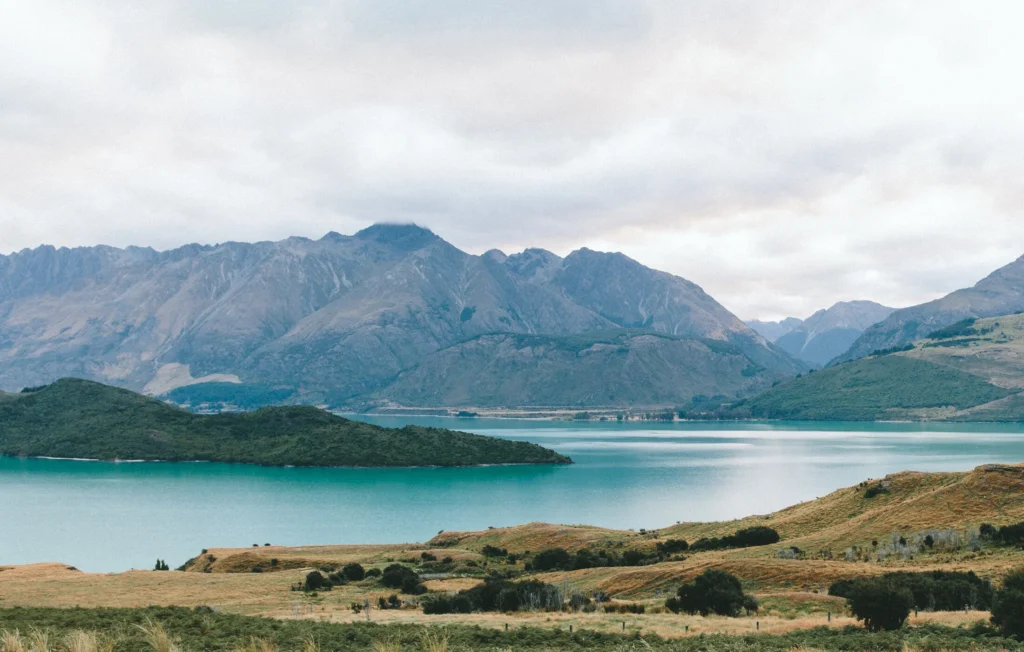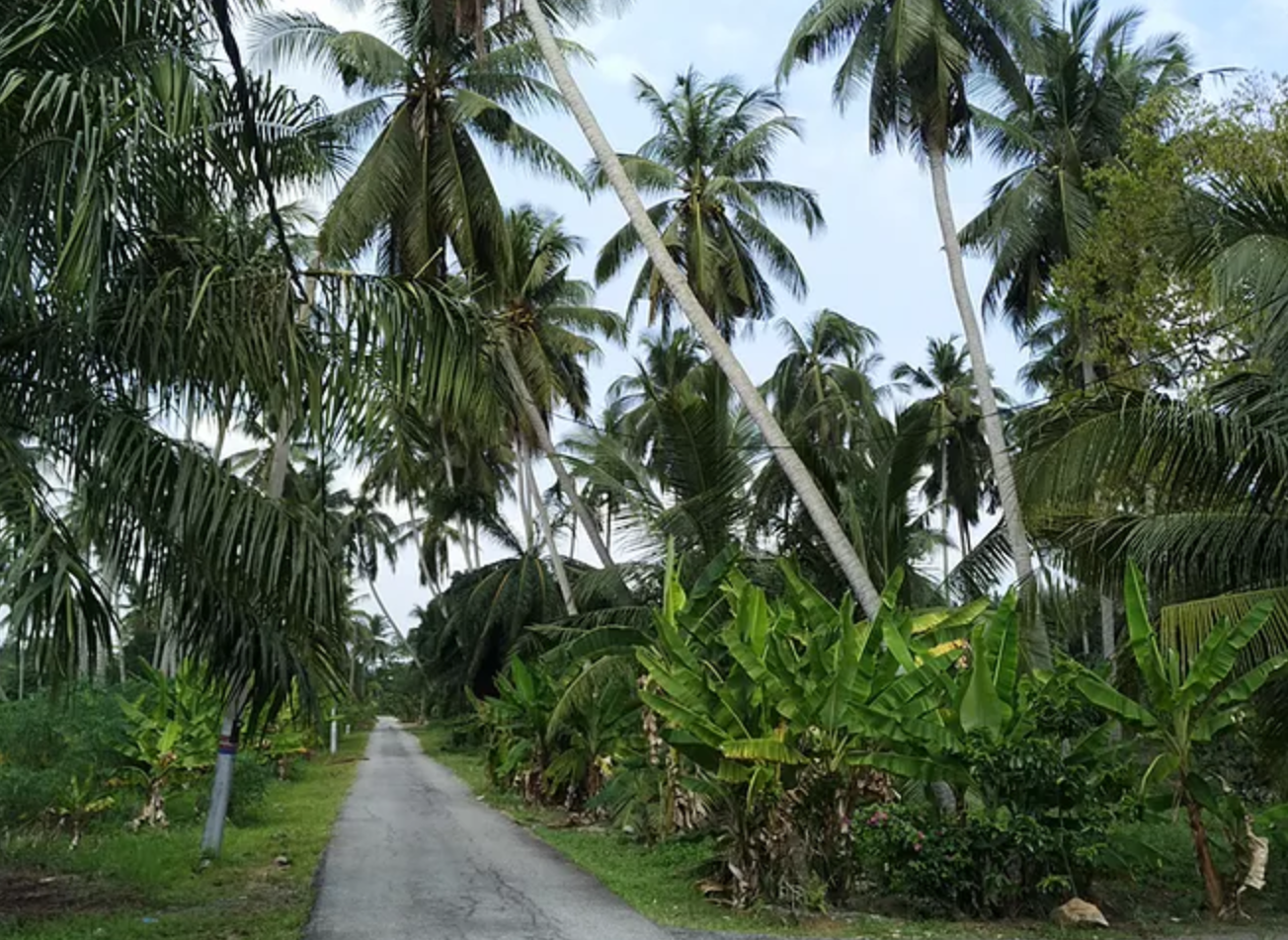
Kampung Tok Muda in Kapar district, Selangor has retained much of the original charm and culture of the original people who settled down here after the Second World War. The original settlers were each given four acres of land upon which they built simple houses and survived off their farm produce. Tall slender coconut trees that swayed gracefully in strong winds served as reminders of what the early farmers grew.
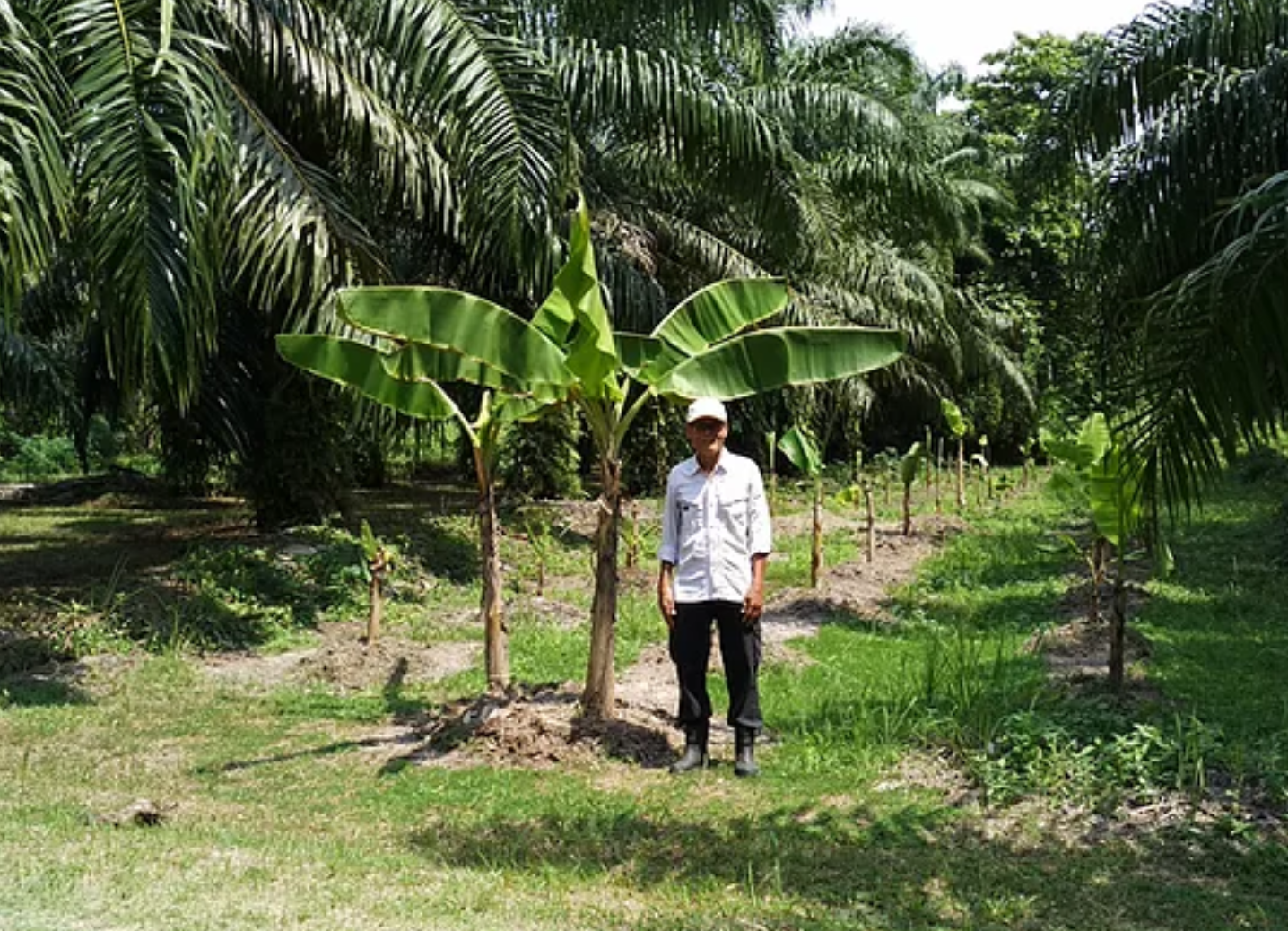
Hariri is one of the most popular figures both in his village and as a face of a Malaysian small holder. He came to fame not surprisingly, through social media. An engineer by profession, he returned to his family roots upon retirement and together with his wife, Rukiah, converted the family farm into a small oil palm farm that has been visited by dignitaries, foreign media including a Russian language documentary on Malaysia and researchers looking to find more information on what a Malaysian small holder is.
This was not his original plans for retirement. They were supposed to enjoy their retirement years in the tranquility of Kampung Tok Muda. It was the messy, overgrown farm that led him to transform the aging coconut farm in 2005. Ever the professional, he sought the advice of the Malaysian Palm Oil Board. Then armed with a license and know-how on growing oil palm, he decided on the “double row” system of planting oil palm trees as he wanted his farm to grow more than one crop.
The “double row” system as advocated by the Malaysian Palm Oil Board means simply skipping one row of oil palm tree planting. The resulting open space between the oil palm trees lets through sunlight for other crops to grow. At the time of our visit, we saw lime trees, bananas and tapioca planted in these open rows.
Hariri was proud of the fact that his multi crop farm is frequented by birds and wild boars and monkeys, but he wished the wild animals would give his tapioca plantings a chance to mature before uprooting them.
Aside from the wildlife on his farm, Hariri’s love for animals has resulted in quite the menagerie on his farm. The entrance to the farm has a shelter for cats but it is the honking of geese accompanied by the gobbling of turkeys that draws one into this farm. He is most proud of the two horses who he named Boy and Tuah. These are the main attractions when he and his wife organises community events on his farm.
In 2014, his hard work paid off with an award from the Malaysian Palm Oil Board recognising his farm, Jerami Indah Farms, with the Malaysian Palm Oil Industry Award for Smallholders. His latest accomplishment is the certification of sustainability under the Malaysian Sustainable Palm Oil scheme. As a community leader, his efforts in promoting the MSPO has inspired many of his fellow oil palm farmers to seek certification under the MSPO as well.
Traditional Family Farms in Kampung Tok Muda Today
At the peak of its early settlement, Kampung Tok Muda boasted of having two hundred families in its population. We visited some of Hariri’s friends and neighbours to gain a sense of life in those days. Most of the descendants of Kampung Tok Muda have moved on to professional jobs. This was made possible with the higher education paid with the earnings of the family farms. Newly built homes were a sign that some of the farmers had sold their lands to building developers but the heart of the farming community in Kampung Tok Muda is still strong.
Mr. Sahibis for example, is a second-generation farmer who lives in an upgraded home with his children and grandchildren. When asked about the age of his farm, he pointed to coconut trees that must have been over ninety feet tall.
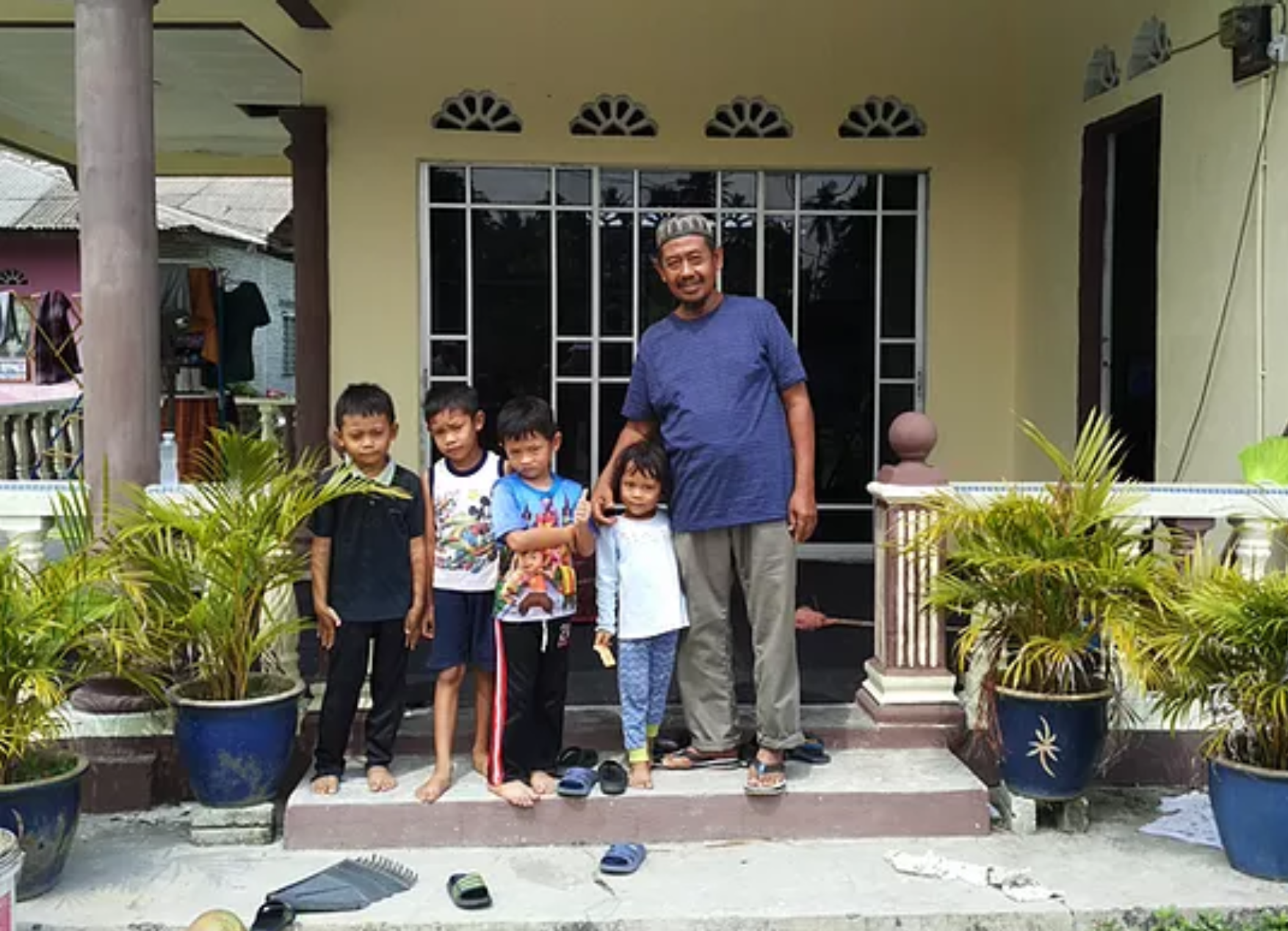
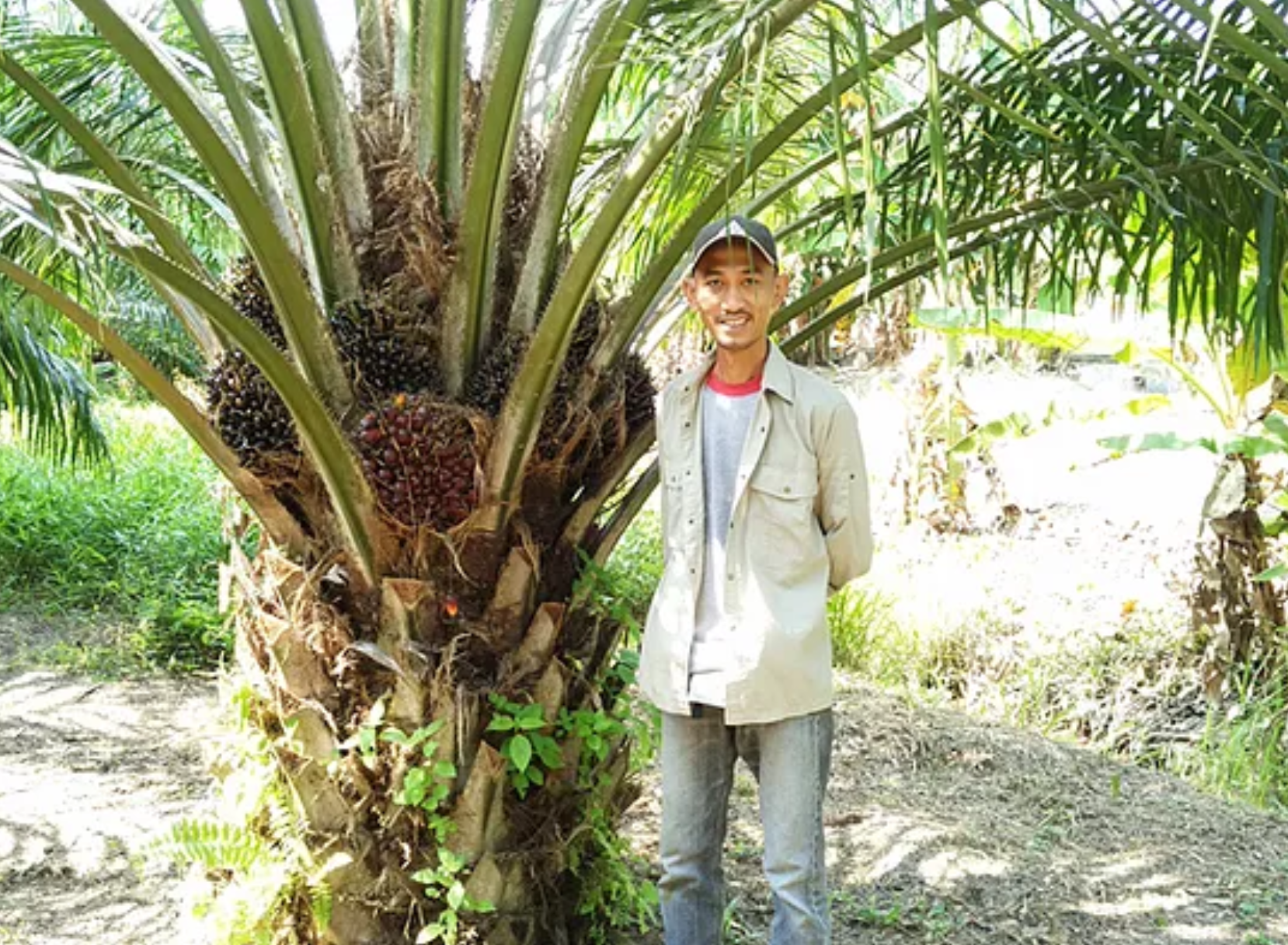
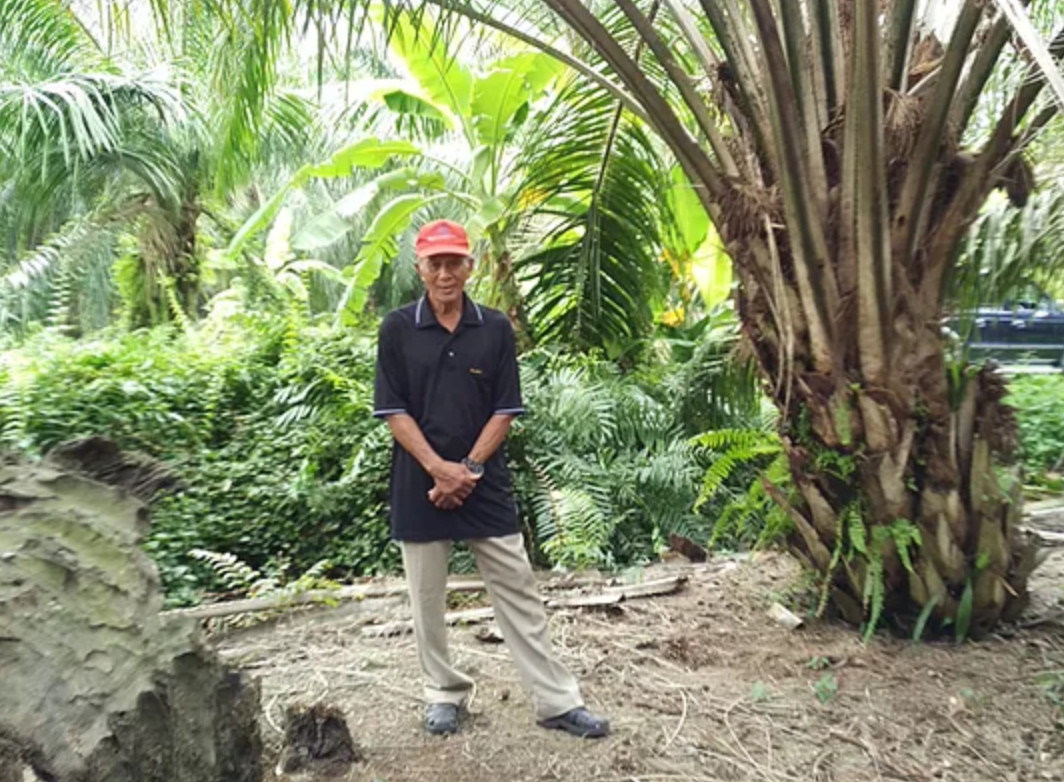
“Those were planted by my father”, he told us. “They are over sixty years old.” He remembers his father planting coffee and cocoa as cash crops but a flood killed most of the coffee trees. Soon thereafter, the family decided to grow oil palm as a cash crop to supplement the family income.
The Sahibis farm has only two acres for oil palm as the rest of the family farm grows a mix of fruits and vegetables which is sold in a local farmers market to supplement the family income.
We then visited Mr. Fitris, whose family farm of four acres was dedicated to the oil palm tree. An oil palm farming veteran, his farm was in its second round of planting as the first crop was grown thirty-five years ago. His careful maintenance of his farm shows in his monthly harvest which is higher than the Malaysian average for small farmers.
Following that, we visited with Mr. Soshada who bought two acres of land in the village with his brother fifteen years ago. The aging coconut trees that were planted originally was removed and replaced with oil palm trees. The shared earnings from this small farm are not enough for a livelihood so he offers his labour to other farmers to maintain their farms. He spends his days working the different farms around Kampung Tok Muda which range from 2 to 10 acres.
Making a living for these farmers in the present day when prices for Fresh Fruit Bunches are low is a tough grind for these farmers in Kampung Tok Muda. What seems to keep them going is the role model they see in Hariri. He is an inspiration for them as they hope that the hard labour they put in, will enable their own children to find better futures through education.
